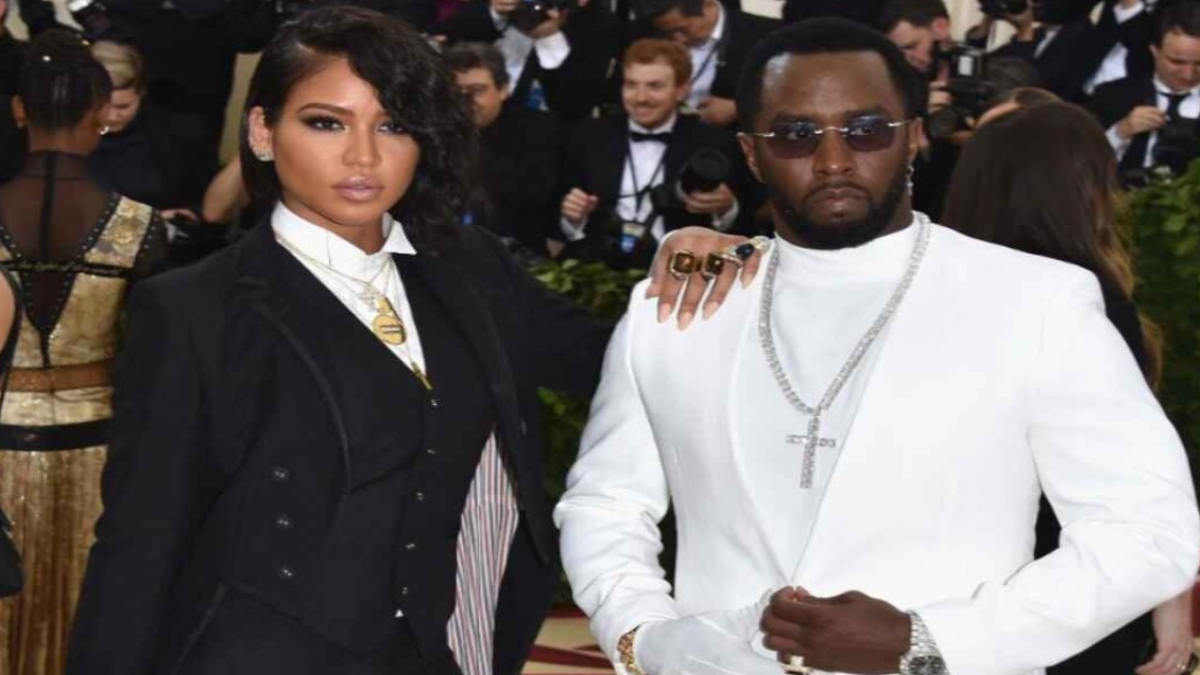
Advertisement
On the fourth day of Sean “Diddy” Combs’ federal trial, a major shift occurred in the courtroom. Diddy’s legal team admitted to incidents of domestic violence between him and his former partner, singer Cassie Ventura. However, instead of denying the abuse, they argued that it was not one-sided—claiming that both Diddy and Cassie were violent toward each other during their relationship.
This tense moment unfolded in a New York City federal court, where prosecutor Emily Anne Johnson and defense attorney Marc Agnifilo faced off in front of Judge Arun Subramanian. The discussion focused on what evidence could be presented in court, especially as it relates to Cassie, who is widely believed to be the person referred to as “Victim 1” in the case.
Prosecutor Johnson told the judge that she would avoid certain medical details when questioning the witness. In response, Judge Subramanian clarified that if the prosecution brought up sensitive topics, the defense would also have the right to respond to them. That’s when Agnifilo laid out the defense’s new approach.
He openly stated that the defense was not denying domestic violence occurred but argued that it was mutual. “We’re going to admit to domestic violence,” he told the court, “but at what point does it become coercive?” He added that the defense sees the violence as something both partners participated in—not as a clear-cut case of one abusing the other. Judge Subramanian asked for confirmation, and Agnifilo replied directly, saying that yes, the defense would argue both were involved in physical altercations, and that this perspective is important to the case.
In response, Johnson said she would address the matter in a formal letter to the court. She also revealed plans to submit key visual evidence, including two videos from a cellphone and corrected footage from CNN. These materials reportedly show Diddy physically assaulting Cassie in a 2016 incident at the Intercontinental Hotel in Los Angeles.
The defense’s strategy—to admit to violence but suggest it was mutual—is likely to spark debate both inside and outside the courtroom. It’s a controversial legal tactic that could influence how the public sees the case and may impact the jury’s final decision. As the trial continues, more dramatic revelations and critical testimonies are expected.
